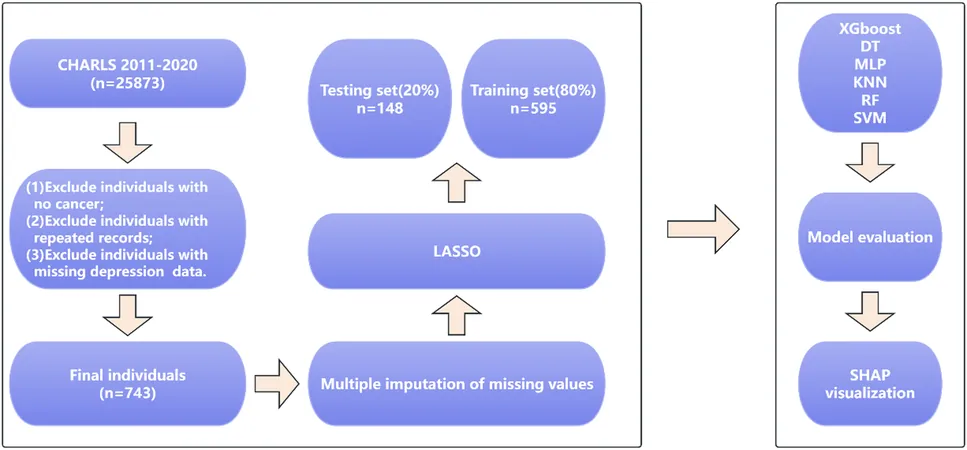
Breakthrough in Tsunami Detection: How Satellites and Ships Can Save Lives
2025-05-16
Author: Yu
Transforming Tsunami Early Warning Systems
In a groundbreaking discovery, scientists have harnessed satellite data from ships to detect a tsunami caused by a landslide for the first time ever. This revolutionary advancement, spearheaded by researchers from CIRES and the University of Colorado Boulder, marks a significant leap in early warning technology aimed at protecting coastal communities.
A Hidden Threat: Landslide-Triggered Tsunamis
Unlike their earthquake-triggered counterparts, landslide-generated tsunamis can be particularly challenging to monitor. They often occur in narrow fjords, where steep cliffs amplify the waves, posing a grave risk to nearby areas. Traditional seismic methods typically focus on ground movements and can miss these subtle, yet dangerous events.
The Landmark Event in Resurrection Bay
A pivotal moment occurred on May 8, 2022, near Seward, Alaska, when a landslide unleashed debris into Resurrection Bay, triggering small but significant tsunami waves. Just meters away, the R/V Sikuliaq, a research vessel owned by the National Science Foundation, was equipped with advanced satellite navigation technology. This ship, strategically positioned only 650 meters from the landslide, recorded vital data as the waves surged past.
Unexpected Opportunities and Precise Measurement
Anne Sheehan, a CIRES Fellow and geology professor, was in Alaska retrieving seismometers when she learned about the recent landslide. A crew member filmed the event, providing an ideal opportunity to test their data collection methods. Graduate student Adam Manaster then led an intricate analysis of the ship’s GNSS data, enabling his team to detect changes in vertical position with centimeter-level precision—confirming the tsunami's timing and impact.
A Call to Action: Faster Evacuations Possible
This groundbreaking research underscores the potential for ships to play an essential role in tsunami detection and timely evacuations. Manaster excitedly noted, "If we process the data quickly enough, we can send alerts to people in danger, giving them a critical window to evacuate." This swift response can literally be a matter of life and death.
Collaborative Efforts for a Safer Future
These findings build upon earlier research that indicated that equipping commercial vessels with real-time GPS could enhance tsunami early warning systems. However, experts stress that for this technology to be implemented on a larger scale, collaboration with the shipping industry is vital to ensure data accessibility. Sheehan emphasized, "With so many ships already using real-time GPS, the potential for widespread impact is immense if we can unite our efforts with shipping partners."


 Brasil (PT)
Brasil (PT)
 Canada (EN)
Canada (EN)
 Chile (ES)
Chile (ES)
 Česko (CS)
Česko (CS)
 대한민국 (KO)
대한민국 (KO)
 España (ES)
España (ES)
 France (FR)
France (FR)
 Hong Kong (EN)
Hong Kong (EN)
 Italia (IT)
Italia (IT)
 日本 (JA)
日本 (JA)
 Magyarország (HU)
Magyarország (HU)
 Norge (NO)
Norge (NO)
 Polska (PL)
Polska (PL)
 Schweiz (DE)
Schweiz (DE)
 Singapore (EN)
Singapore (EN)
 Sverige (SV)
Sverige (SV)
 Suomi (FI)
Suomi (FI)
 Türkiye (TR)
Türkiye (TR)
 الإمارات العربية المتحدة (AR)
الإمارات العربية المتحدة (AR)